BY JENNY CALLISON, POSTED JUN 14, 2019
On any given day, MedNorth and CommWell health centers could be saving area hospitals a significant amount of money. That’s because the two centers provide care to a population in Southeastern North Carolina that might otherwise turn to hospital emergency departments for primary care.
“The ER is such an inappropriate starting point” for health care, said MedNorth CEO Althea Johnson, adding that, by the time an uninsured individual decides to visit the emergency department, “some problems can become giant.”
The bill could be giant as well, especially if the uninsured person has postponed getting treatment until the condition becomes a crisis.
A 2013 National Institutes of Health study calculated the median cost of one visit to the ER at $1,233 – and costs have risen since then. Uninsured and underinsured people, who are the most likely to use the emergency department as their primary source of health care, often can’t pay for the cost of their visit. In many of those cases, the hospital must absorb the cost.
Enter the community health center.
In the jigsaw puzzle that is health care in the United States, community health centers provide primary care in underserved urban and rural communities. These pieces are essential to holding the puzzle together and in reducing health care costs.
Christopher Ray Vann, CommWell’s chief development officer, cites a study that found when a federally qualified health center, or FQHC, lands in a county, there is a 30% reduction in emergency room use.
MedNorth, located in Wilmington’s Northside community, served about 7,000 of New Hanover County’s low-income residents in 2018, 53% of whom were uninsured and another 36% were on Medicaid or Medicare.
CommWell Health, with 16 centers in Southeastern North Carolina, reaches into Brunswick County’s more rural areas with locations in Bolivia, Shallotte and Ocean Isle Beach that, combined, served 3,300 patients in 2018.
It also runs an FQHC in Pender County’s Willard community.
In Southport, Goshen Medical Center Inc. also operates as a federally qualified community and migrant health center organization. It offers pediatric as well as family medicine services.
Like puzzle pieces, each of these centers is distinctive, reflecting the community it serves.
Each FQHC gets a set amount of federal funding each year, but the clinics can also apply for other federal grants for specific projects.
Vann said that the federal monies make up about half of CommWell’s overall budget.
FQHCs charge their patients on a sliding scale based on their incomes. Those at the lowest income level are charged $30 per visit.
Both MedNorth’s Johnson and CommWell Health CEO Pam Tripp emphasize that the majority of their patients do have jobs, but these jobs often don’t pay much and do not provide health benefits.
“These are the people who wait on us in restaurants, wash our cars and till our fields,” Tripp said. “People are happy we’re here, and they are happy to pay.”
Both centers aim to be one-stop shops for health care, with physical, behavioral and dental care for children and adults. Because these centers practice integrative care, a person who comes through the door with one health issue can be assessed for – and treated for – other, often related, problems.
Both local FQHCs are Joint Commission accredited, meaning they have been assessed and certified by The Joint Commission, an independent, not-forprofit organization. Such certification recognizes an organization’s commitment to meeting specified performance standards.
“We hire professionals, and all of them are board certified with years of experience with the population we serve,” Johnson said. “We are offering a quality product, and would love for people to know that coming here is not a step down.”
FQHCs are required to serve patients in the language of the patient’s choice. MedNorth has a full-time Spanish interpreter and several Spanish-speaking staff members. But speakers of other languages visit the clinic as well.
“Nineteen percent of our patients want to be addressed in a language other than English,” Johnson said. “I’m always amazed at the languages we hear in here: Congolese, Karen, Swahili. We’ve even had calls for American Sign Language, Farsi, Cantonese, Mandarin. We do have people on staff who can speak some of these languages.”
MedNorth also uses a remote translation service when needed.
Spanish is the primary language of CommWell’s Brunswick patients who don’t speak English, according to Vann.
“Over half of our (staff) colleagues are bilingual, and we also contract with a company that provides realtime video interpretation services for hundreds of languages and American Sign Language,” he said.
In carrying out their demanding mission, FQHCs develop partnerships or informal relationships with other health care providers.
One of MedNorth collaborations is with Cape Fear Clinic, a charity care health care center in New Hanover County that also provides a range of services to the uninsured and underinsured but does not receive a federal subsidy.
CommWell Health has a similar collaborative relationship with New Hope Clinic, also a charity care center, in Brunswick County. Because these charity care clinics charge less for a patient visit, they serve the very poorest in their communities.
To ensure that it is reaching patients who may not wish to visit the clinic itself, MedNorth partners with First Fruit Ministries, a Wilmington organization that provides food, shelter and related services to the homeless.
“It’s amazing how many vets are in the homeless population,” Johnson said, pointing out that veterans suffering from PTSD may be uncomfortable in institutional settings or in situations where they are around groups of people.
“First Fruit Ministries goes out and brings people in (to its facility) and gives them a shower, clothing, a hot meal. We provide health care. They don’t necessarily want to come to MedNorth. We meet the community where services are needed,” Johnson said.
In the next six months, she added, MedNorth plans to launch van service, providing transport to the clinic from First Fruit and various public housing developments.
In Brunswick County, CommWell has forged ties with several faith communities, schools and other organizations to build a supportive health care safety net. Its first mobile clinic came about thanks to New Beginnings Community Church. CommWell also has the use of Novant Health Brunswick Medical Center’s mammography equipment.
Each FQHC is required to have an advisory board. These boards must be consumer-led, meaning at least 51% of the members should be those who use the health center as their main source of care. The intention is to ensure the center is responsive to the needs of the communities it serves.
CommWell’s advisory board has been active in fundraising for CommWell Health in Brunswick County. One immediate goal is to purchase and set up a mobile dental unit. Another is to have a medical/ behavioral health mobile unit that can go to area schools.
“We have schools that are 100% free lunch,” Tripp said of the organization’s service area. She added that often students at these schools lack access to medical and dental treatment and, increasingly, behavioral health care.
“We get calls a lot from schools, saying ‘Can you help us with behavioral health?’ We are looking forward to doing that through a mobile unit,” Tripp said.
Despite the annual federal subsidy and potential availability of other grants, FQHCs must find other sources of funding to carry out their mission.
Vann says about half of CommWell’s budget for its entire 16-clinic operation is covered by an $11 million subsidy and another $1 million in other grant monies.
“We have to develop (other) revenues ourselves,” he said. “We’ve been building a foundation with our Wonderful 100 Campaign. In six months our board and colleagues have raised $170,000.”
CommWell and MedNorth, like other FQHCs in the state, are following the state legislature’s debate on whether to expand the state’s Medicaid program. Qualifying more of the state’s poor for Medicaid coverage would mean that FQHCs and other charity care clinics could get reimbursed at Medicaid rates for patients they are now treating for much less.
“That would be a beautiful thing,” said Johnson of the Medicaid expansion proposal. “We have to generate additional revenue. Staff want to be paid the market rate and will leave if they can find a better-paying job. We are always in recruitment mode, which has an impact on patient care.”
Expansion of the state’s Medicaid program would benefit whole communities, Vann said.
“We would see a significant increase to our revenues with Medicaid expansion,” Vann said. “We could expand more jobs, for the sake of our communities. Our leadership estimates a $3 million addition to our revenue. That $3 million would be considered an investment to the community because it translates to $5 million in terms of economic benefit. Right now, there is a restaurant being built down the street from our north Sampson County center; it’s opening because we are right here, and we pull in a lot of people.”
Original Post
Piecing Together Health Care’s Puzzle
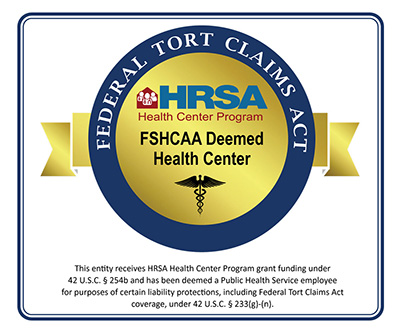
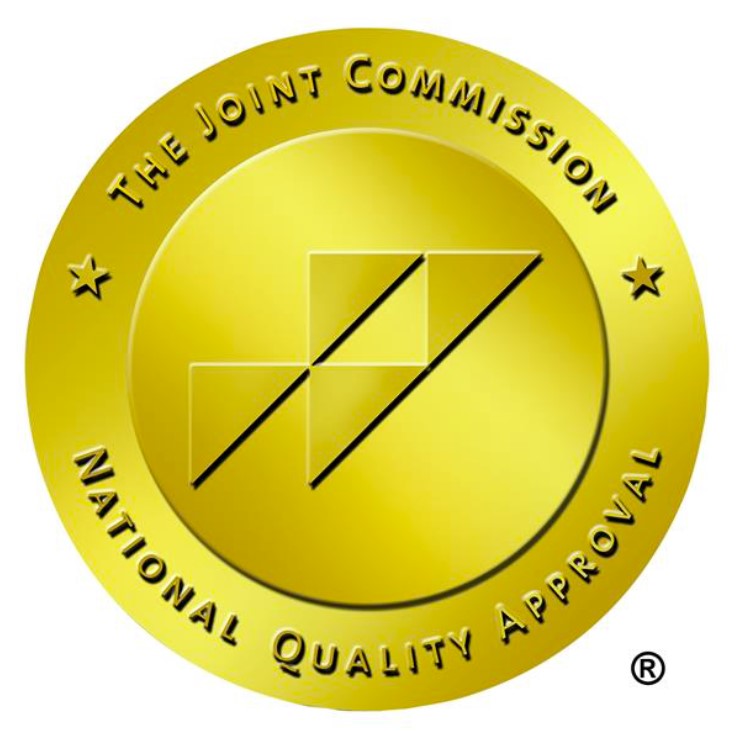
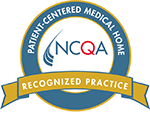
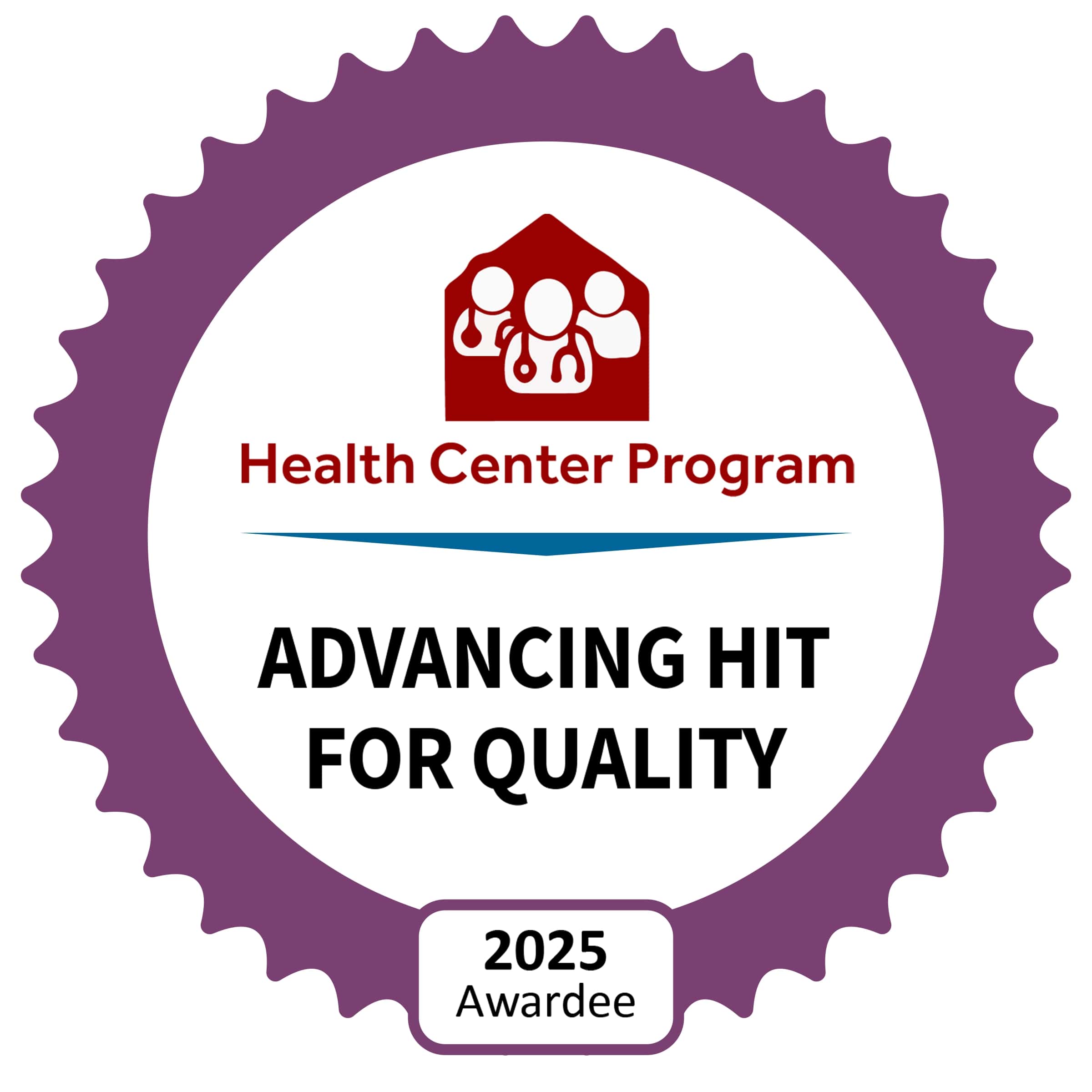
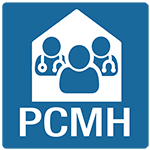
Get Connected